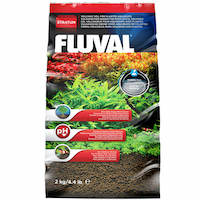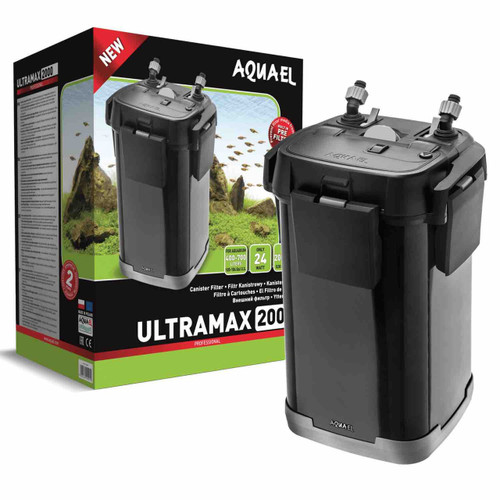What to Know Before Creating a Live Plant Aquarium
Posted by Artur Wlazlo on 18 Dec 2019
How to Keep Live Plants in an Aquarium
There are a number of essential tools needed to create and care for the living plants in your aquarium. From the type of lighting you use to the substrate you choose, everything has an effect on which types of plants you can grow and how well they thrive. Read on to learn how to keep live plants in an aquarium.
1. Lighting
When learning how to keep live plants in an aquarium, one of the most important things to consider is lighting. Plants need light for photosynthesis which, in turn, drives their growth and development. Currently, we believe that LED lighting is the best because these types of lights provide proper spectrum for optimal plant growth, emit very little heat, and are long lasting, programmable as well as super efficient. The type of lighting you need depends, among other things, on the size and depth of your tank as well as the needs of your plants. Fortunately, many manufacturers produce lighting specifically to grow live aquarium plants and take the guesswork out of your decision about what lighting is appropriate.
2. Substrate
Many people fret too much about finding the right substrate for the aquarium plants on their list. Many plants, however, will do well in most substrates, including those that were not especially formulated for plants. You may have to, depending on the plants you select, add plant fertilizers to help your plants grow and look their best.
However, it is undeniable that your plants will likely grow better and faster when planted in nutrient-rich substrate. These substrates are especially formulated and allow plants to draw the nutrients they need to flourish through their roots.
3. Filtration
The type of filter you choose for your aquarium may be influenced by a number of factors. If your aquarium is larger than 40 gallons, a canister filter may be a good option. They provide good biological and chemical filtration and physically trap debris from your aquarium water. If you have a smaller tank, then you can choose a unit to hang on the back or perhaps a sponge filter.
4. Test Kits
Having a good and reliable test kit is highly recommended for any aquarium, including planted aquarium. Test kits will help you detect problems with the water quality such as high levels of nitrates, nitrites or ammonia, allowing you to properly care for your fish and plants. You should regularly test your tank water to understand the quality of your water and to ensure all your tank inhabitants thrive.
5. Adding Plants
Even as your aquarium cycles, and beneficial bacteria and organisms develop, you can start adding aquarium plants to your tank. Just remember: while you don’t have to wait until the cycling is complete to add plants, you do need to wait until the cycling process is complete to add fish.
How do you keep live plants in an aquarium? As we noted, at its most basic, just make sure you have good lighting and substrate. Then pick good quality plants and consider starting with some easy to care options including:
- Java Moss: A hardy plant that does not require strong light.
- Anubias Nana: A small anubias that can be planted in the foreground that is extremely hardy.
- Cryptocoryne: A mid-ground plant that is inexpensive, hardy, and very pretty.
- Water Wisteria: A background plant that likes a rich substrate and lots of O2.
- Amazon Sword: A showy background plant that grows large and can be a focus in your aquarium!
- Java Fern: An accent plant that does well in low light and attaches to rocks and wood.
Now that you have the basics of starting your own aquarium, it’s time to dive in with a little help from Modern Aquarium!





